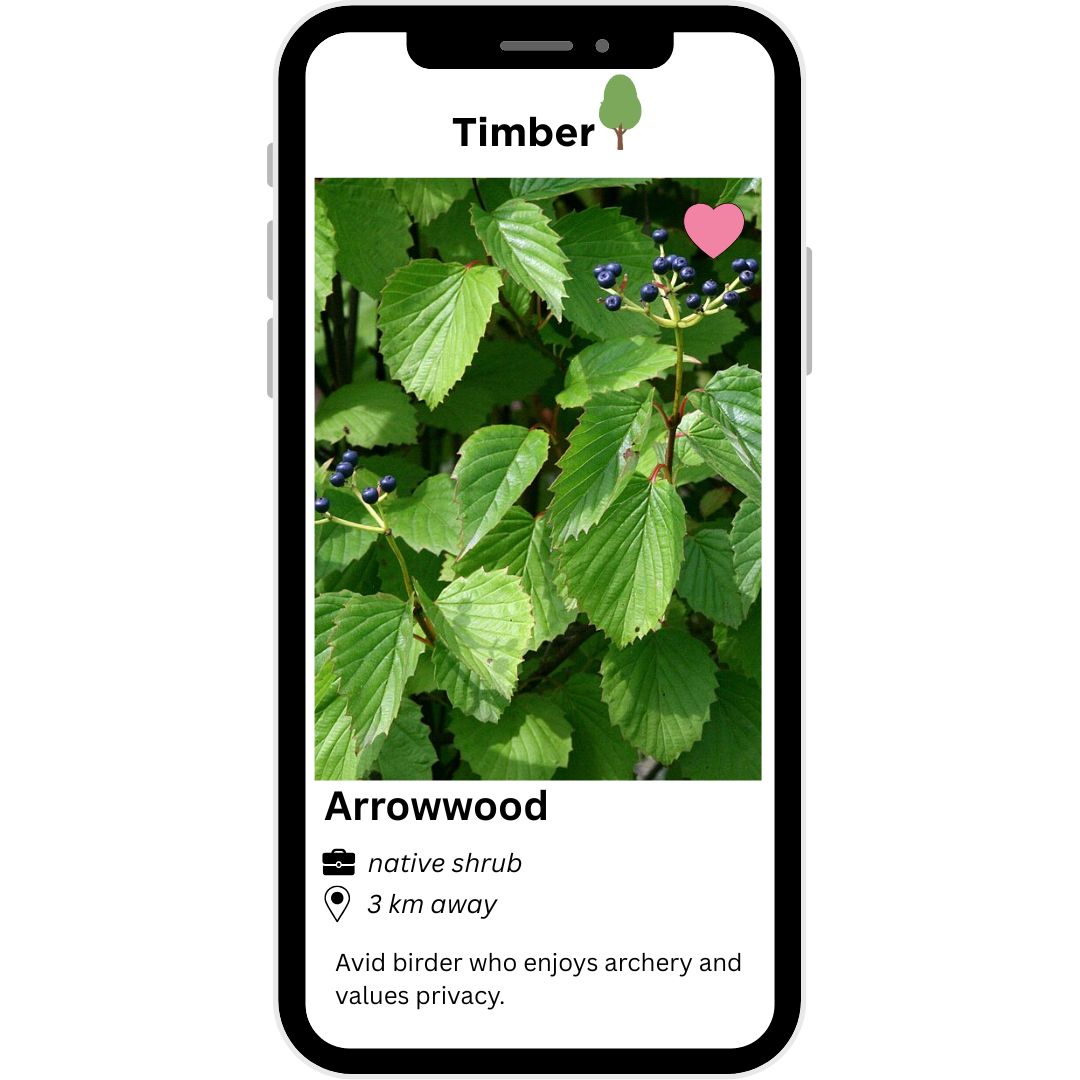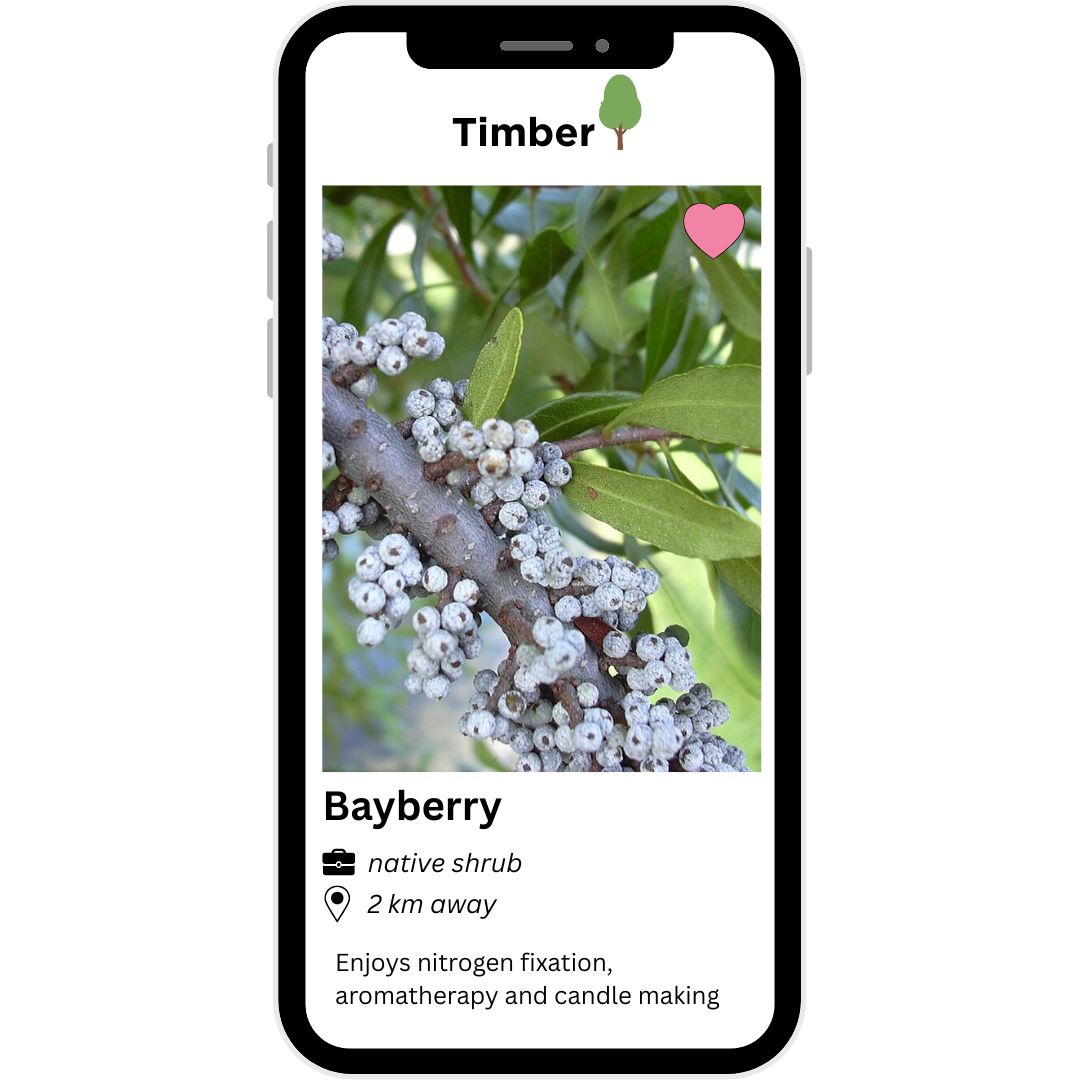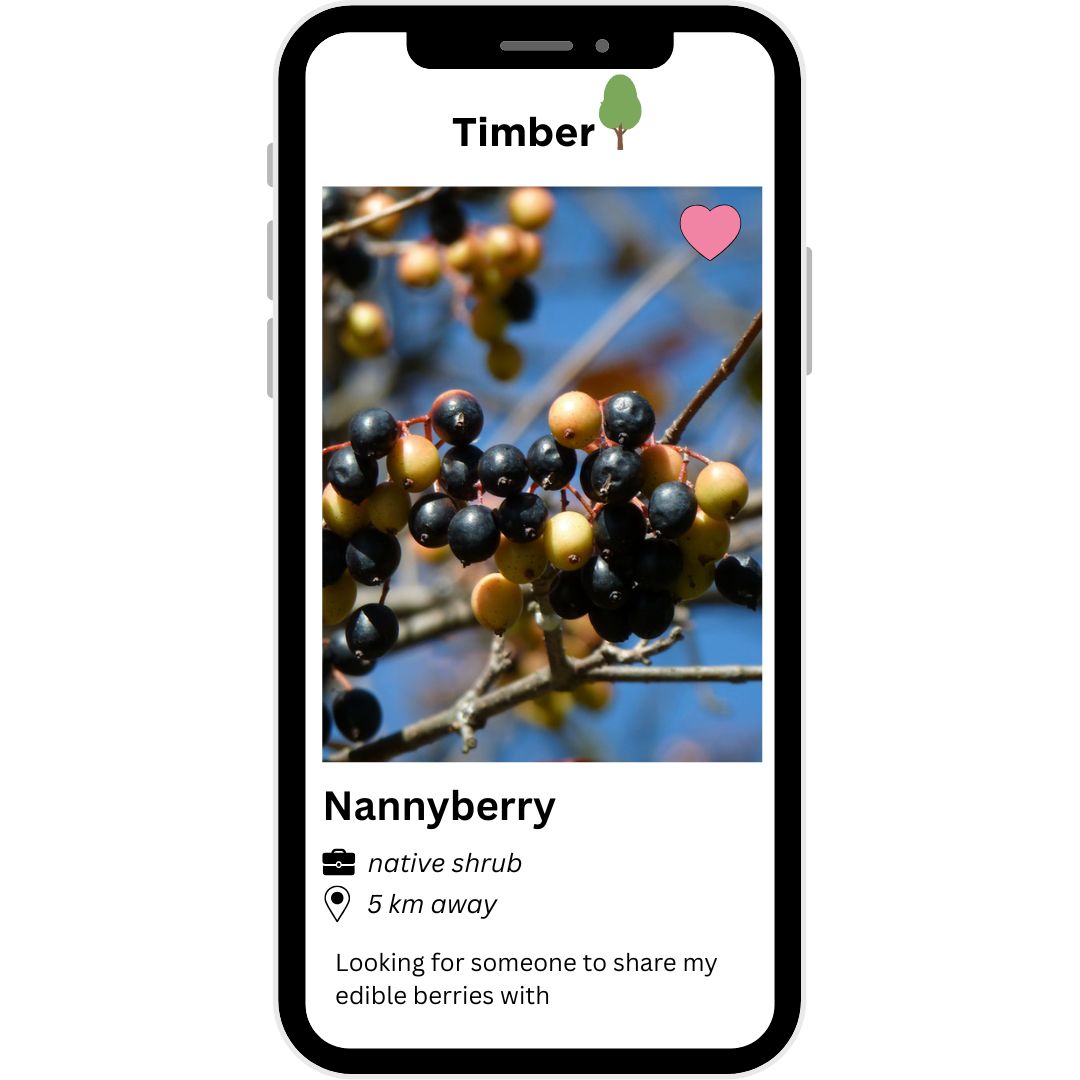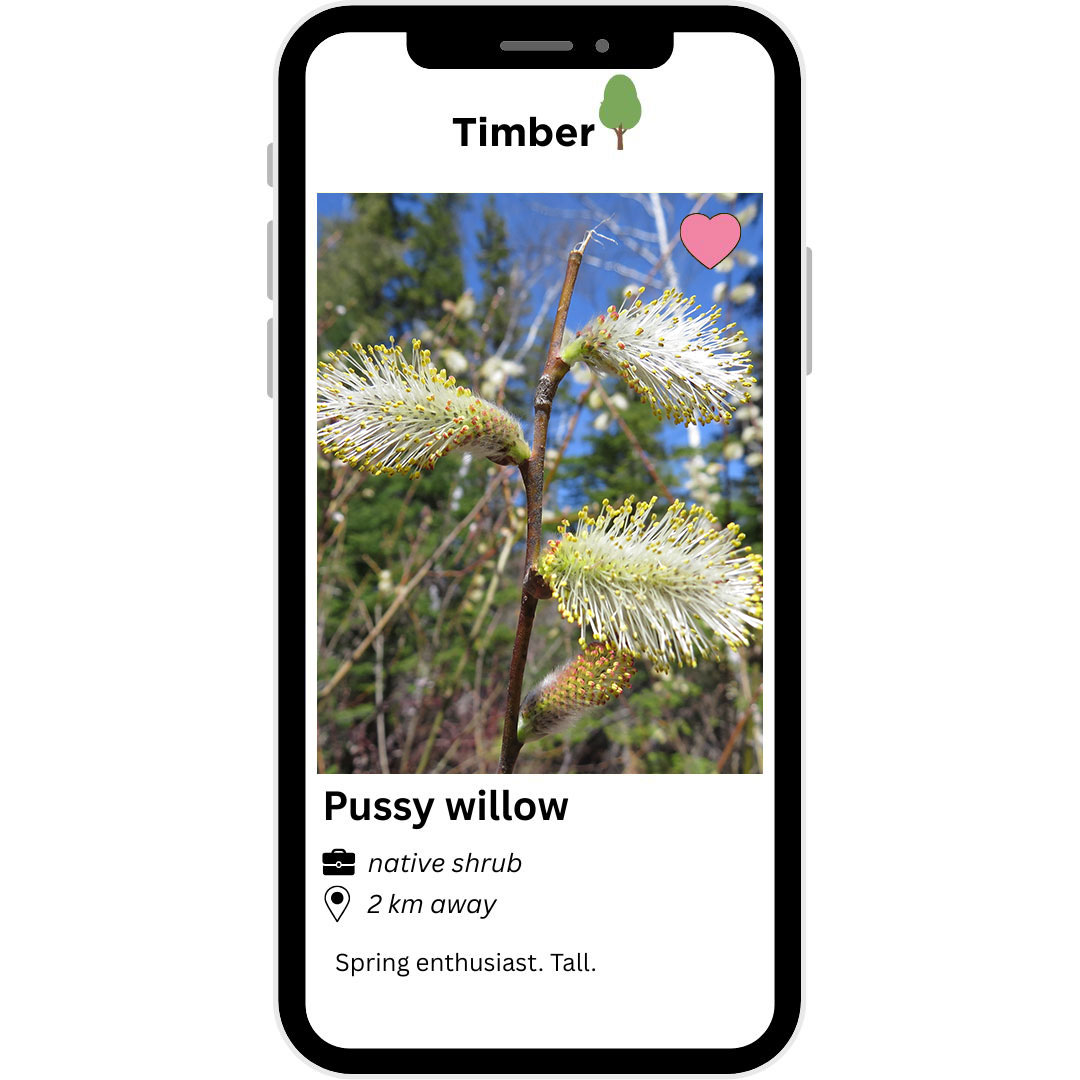Some native shrub species easily capture our attention while others may fall by the wayside. On “Timber”, they would be quiet profiles you might almost miss. But trust us, these four shrub matches should be on your radar!
Arrowwood – The Bird Whisperer
It’s easy to make a connection with arrowwood (Viburnum dentatum). This shrub plays the perfect supporting role in gardens as a hedge, privacy screen or gap filler thanks to its upright, well-branched form. Once established, arrowwood puts up straight stems called suckers near its base, often allowing it to grow wider (approximately eight feet) than taller (approximately six feet) in urban areas. These young straight stems are also responsible for the shrub’s name, as they grow straight enough to be made into arrow shafts.
What people might not know about this shrub is that it is a bird fan favourite. The same dense foliage and branching that create privacy also provide shelter for our flying friends. The real big hit though? It’s bluish-black fruit that birds find delectable.

Bayberry – The Hidden Talent
The bayberry (Myrica pensylvanica) has several hidden and valued traits that won’t make you swipe left.
First, it improves soil health. Bayberry is a nitrogen-fixing plant that takes nitrogen from the air and converts it into a usable form that is deposited in the soil, where it can be accessed by other plants. This process helps enrich soil and benefit plants, making this shrub a welcome addition to many gardens.
Second, it can be used to make candles. Early settlers made clean, sweet-smelling, smokeless candles from the bayberry’s blue waxy berries. Bayberry is dioecious, meaning individual shrubs are either male or female. Only female plants will produce berries, so it is best to plant in multiples to increase the opportunity for fruit production.
Third, it has aromatic leaves. Bayberry’s semi-evergreen leaves are known for creating privacy but also release a spicy-sweet scent when crushed.

Nannyberry – The Snacker’s Delight
There is a lot to love about the nannyberry (Viburnum lentago), making it an instant match for many. In late spring to early summer, this shrub puts out attractive, white, flat-topped, clustered flowers that native pollinators love to dance around. Come fall, its deciduous leaves turn shades of yellow to red to purple, adding a pop of colour to the garden. And for those who enjoy wildlife, the nannyberry offers food and shelter to many non-human beings with its tall, dense and upright form.
But for those who love a sweet snack, the nannyberry is where it’s at. From August to September, the nannyberry’s sweet bluish-black berries ripen and can be eaten straight from the shrub. For those with a knack for cooking, the berries can be made into jams, jellies, pies and sorbets.

Pussy Willow – The Spring Enthusiast
As an early bird, chances are the pussy willow (Salix discolor) has already swiped right on you. Each year, the pussy willow signals the arrival of spring by being among the first plants to flower. Like the bayberry, the pussy willow is dioecious so both male and female flowers (called catkins) appear on separate shrubs. Developing male flowers are covered in a signature, silvery-grey, fuzzy “fur” and look like a cat’s paws, giving the pussy willow its common name.
This fuzz also provides insulation, allowing the shrub to bloom when temperatures are typically still cold. With such an early bloom time, the flowers are pollinator magnets, providing food at a time of year when there is little else available.
Further channeling the spring spirit, the pussy willow finds itself right at home in wet conditions. Despite its penchant for moist soil, it tolerates a variety of soil conditions. The pussy willow is a tall, hardy, fast-growing shrub and a champion of spring.

Did one of these underrated shrubs catch your attention? The good news is that we offer these four shrubs (and many others) through the LEAF program! Build a themed shrub bundle or create your own custom shrub bundle featuring one or more of these four shrubs. Every bundle includes four shrubs, delivery and mulch for only $100 +HST. Bonus: themed bundles also include a theme-tailored gardening factsheet!
Be sure to swipe right on your next shrub (or bundle) – it may just be the perfect match! Get started on your fall order today by completing our Shrub Request Form.
Jess Wilkin is the Residential Planting Programs Operations Supervisor and an ISA certified arborist at LEAF.
LEAF offers a subsidized Backyard Tree Planting Program for private property. The program is supported by the City of Toronto, the Regional Municipality of York, the City of Markham, the Town of Newmarket, the City of Vaughan, the Regional Municipality of Durham, the Town of Ajax, the Municipality of Clarington, the City of Oshawa, the City of Pickering, the Township of Scugog and the Town of Whitby.
